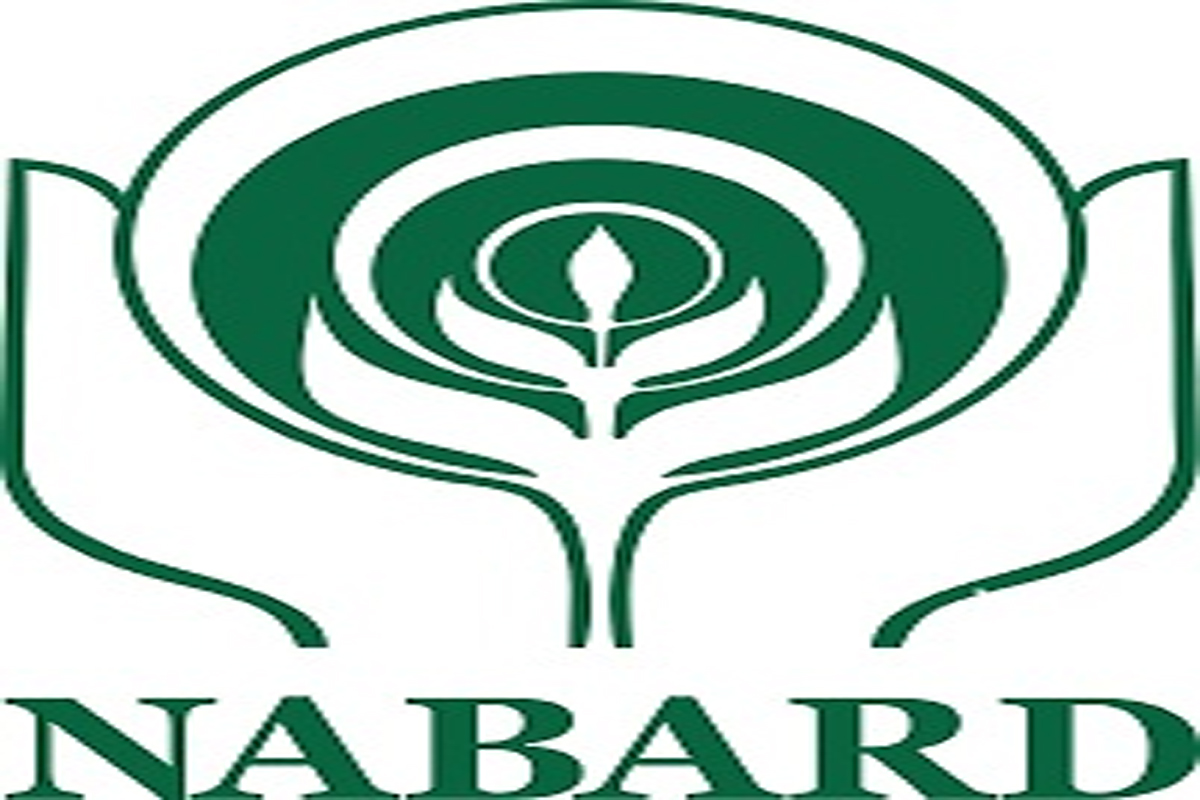J-K Chief Secy orders timely completion of roads, bridges
Jammu and Kashmir Chief Secretary Atal Dulloo on Friday stressed on ensuring timely completion of road projects in the Union territory by closely monitoring their pace on ground.
According to NABARD’s latest All India Rural Financial Inclusion Survey (NAFIS), the annual average nominal GDP growth during the same period was 9%.

Photo: wiki media commons
The average monthly income of rural households saw a substantial rise of 57.6% over a five-year period, increasing from Rs 8,059 in 2016-17 to Rs 12,698 in 2021-22, a recent survey by NABARD said.
This indicates a nominal compound annual growth rate (CAGR) of 9.5%.
According to NABARD’s latest All India Rural Financial Inclusion Survey (NAFIS), the annual average nominal GDP growth during the same period was 9%.
Advertisement
When considering all households together, the average monthly income stood at Rs 12,698, with agricultural households earning slightly more at Rs 13,661, compared to Rs 11,438 for non-agricultural households.
Salaried employment in the government or private sector was the largest income source for all households, accounting for approximately 37% of their total income.
For agricultural households, cultivation was the main income source, accounting for about one-third of their monthly earnings, followed by government or private services contributing one-fourth share, wage labour (16%), and other enterprises (15%), the report highlighted.
Among non-agricultural households, government/private service contributed 57% of the total household income, followed by wage labour, which accounted for roughly 26% of the total income.
Furthermore, the average monthly expenditure of rural households rose significantly from Rs 6,646 in 2016-17 to Rs 11,262 in 2021-22.
The agricultural households reported a relatively higher consumption expenditure of Rs 11,710 than Rs 10,675 for non-agricultural households.
The annual average financial savings of households increased to Rs 13,209 in 2021-22 from Rs 9,104 in 2016-17. Overall, 66% of households reported saving money in 2021-22, compared to 50.6% in 2016-17.
The report also highlighted that the Kisan Credit Card (KCC) has emerged as a key tool for promoting financial inclusion in the rural agricultural sector, showing substantial growth in coverage over the past five years.
In total, 44% of agricultural households were found to possess a valid Kisan Credit Card (KCC).
The percentage of households with at least one member covered by any form of insurance increased significantly from 25.5% in 2016-17 to 80.3% in 2021-22.
The percentage of households with at least one member receiving any form of pension increased from 18.9% in 2016-17 to 23.5% in 2021-22.
Also, the percentage of respondents demonstrating good financial literacy increased by 17 percentage points, rising from 33.9% in 2016-17 to 51.3% in 2021-22.
Advertisement